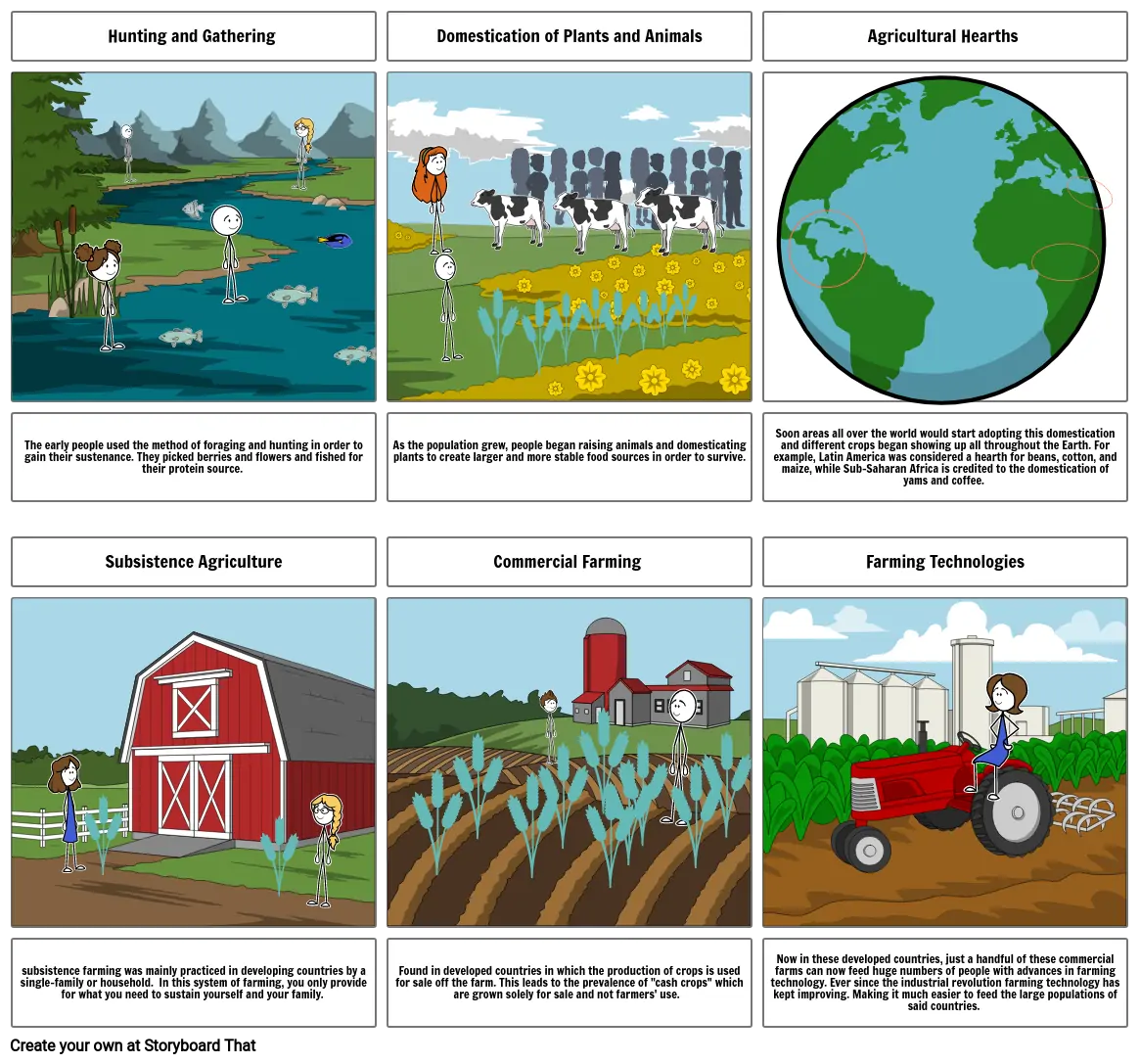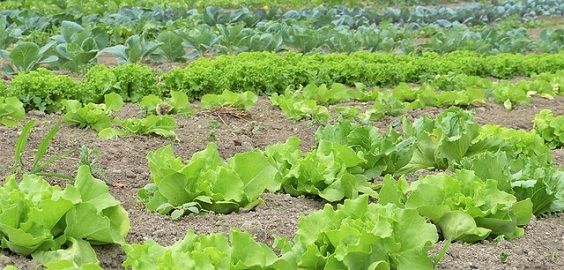Area Resilience and Its Link to Commercial Farming vs Subsistence Farming
Area Resilience and Its Link to Commercial Farming vs Subsistence Farming
Blog Article
A Comprehensive Consider the Challenges and Benefits of Modern Agriculture
Modern agriculture stands at the crossroads of innovation and sustainability, offering a multitude of possibilities and obstacles. The path forward requires a mindful assessment of these dynamics, inviting stakeholders to think about the capacity for transformative modification in farming techniques and policies.
Technological Developments in Farming
Developments such as accuracy biotechnology, farming, and automation have transformed standard farming techniques, permitting for more successful and sustainable procedures. Precision agriculture uses GPS innovation, sensing units, and information analytics to optimize field-level monitoring regarding crop farming.
Automation in farming has additionally propelled the industry forward, with the introduction of self-governing tractors, drones, and robotics. These modern technologies reduce labor demands and boost functional rate, permitting prompt growing and harvesting. Drones, specifically, offer beneficial airborne images and information, assisting farmers in checking plant health and detecting issues early.
Biotechnology has likewise played a crucial function in advancing agricultural practices. Genetically changed microorganisms (GMOs) have actually been established to enhance crop resistance to insects and illness, reduce dependence on chemical therapies, and boost dietary material. This innovation contributes to food protection and fulfills the needs of a growing global populace. Collectively, these technological developments have laid the foundation for a much more durable and sustainable farming future.
Environmental Challenges
Agriculture deals with numerous environmental obstacles that intimidate its sustainability and productivity. The long-lasting stability of agricultural land is jeopardized, demanding the adoption of more sustainable practices.
Water shortage is an additional significant challenge, particularly in areas where agriculture heavily depends on watering. Environment modification is heightening this problem, modifying rainfall patterns and increasing the frequency of droughts. Efficient water administration systems, such as drip irrigation and rainwater harvesting, are vital to minimize these results, but their implementation remains uneven across different regions.
Furthermore, agriculture is both a factor and a sufferer to environment modification. It represents a considerable share of greenhouse gas discharges, mostly from animals production and rice growing. Transitioning to low-emission agricultural practices, such as precision farming and agroforestry, can help lower this impact. These approaches need considerable investment and technical experience, presenting an obstacle to extensive adoption. Dealing with these ecological obstacles is crucial for making certain a sustainable farming future.

Financial Effects
The economic impacts of modern-day agriculture are diverse and extensive, influencing both neighborhood and worldwide markets. Developments in innovation and production approaches have considerably raised agricultural productivity, causing much more reliable food supply chains and lowered expenses for consumers. This increased productivity has actually made it possible for countries to satisfy expanding demands, maintain food prices, and add to economic development. The export of farming assets has become a substantial source of earnings for many countries, playing a critical function in their economic development.
Nevertheless, these advantages are not without difficulties. The capital-intensive nature of modern-day farming calls for significant investment in machinery, fertilizers, and genetically modified seeds, which can be economically difficult for small farmers. This commonly leads to increased debt and economic vulnerability, potentially resulting in the debt consolidation of farms and the loss of country livelihoods. Additionally, global market fluctuations can impact the profitability of farming exports, making economic situations reliant on farming prone to economic instability.
Furthermore, aids and profession policies in industrialized nations can distort market value, impacting affordable balance and possibly disadvantaging farmers in developing nations. On the whole, while contemporary farming drives economic development, it also requires navigating intricate monetary landscapes to make certain equitable and lasting development.
Social Effects
While modern agriculture has brought about considerable innovations, it also offers various social implications that require consideration. As business farming entities significantly control the farming landscape, smaller sized ranches frequently have a hard time to contend, leading to the erosion of rural communities and conventional farming practices.

Such practices may likewise restrict consumer choices and lower the capability of informative post local neighborhoods to control their food resources. As these social ramifications unravel, it ends up being essential to resolve them to guarantee lasting and equitable farming advancement.
Future Instructions
Looking ahead, several encouraging avenues for modern agriculture could deal with the difficulties faced today while promoting sustainable growth. Developments in modern technology, such as accuracy farming, supply the possible to maximize source use and boost effectiveness.
Biotechnology likewise holds enormous guarantee for the future of agriculture. Genetically modified organisms (GMOs) and genetics editing and enhancing strategies, like CRISPR, can boost plant durability against climate adjustment, bugs, and conditions, hence boosting food protection. In addition, expanding plant ranges to include even more climate-resilient and nutrient-dense alternatives might boost both environmental stability and human nourishment.

Verdict
Modern farming, defined by technical developments, offers both chances and obstacles. commercial farming vs subsistence farming. Dealing with these intricacies requires a shift in the direction of sustainable practices that balance performance with environmental stewardship and social equity, therefore guaranteeing a resilient future for global farming systems.
Modern agriculture stands at the crossroads of advancement and sustainability, providing a plethora of obstacles and opportunities. Additionally, worldwide market variations can impact the productivity of agricultural exports, making economic climates reliant on farming susceptible to economic instability.
Additionally, the extensive usage of technology and mechanization in agriculture has actually led to a decline in agricultural employment opportunities.Looking ahead, a number of promising methods for modern-day farming can address the challenges faced today while i was reading this promoting sustainable growth. commercial farming his response vs subsistence farming.Modern agriculture, defined by technological innovations, offers both possibilities and obstacles
Report this page